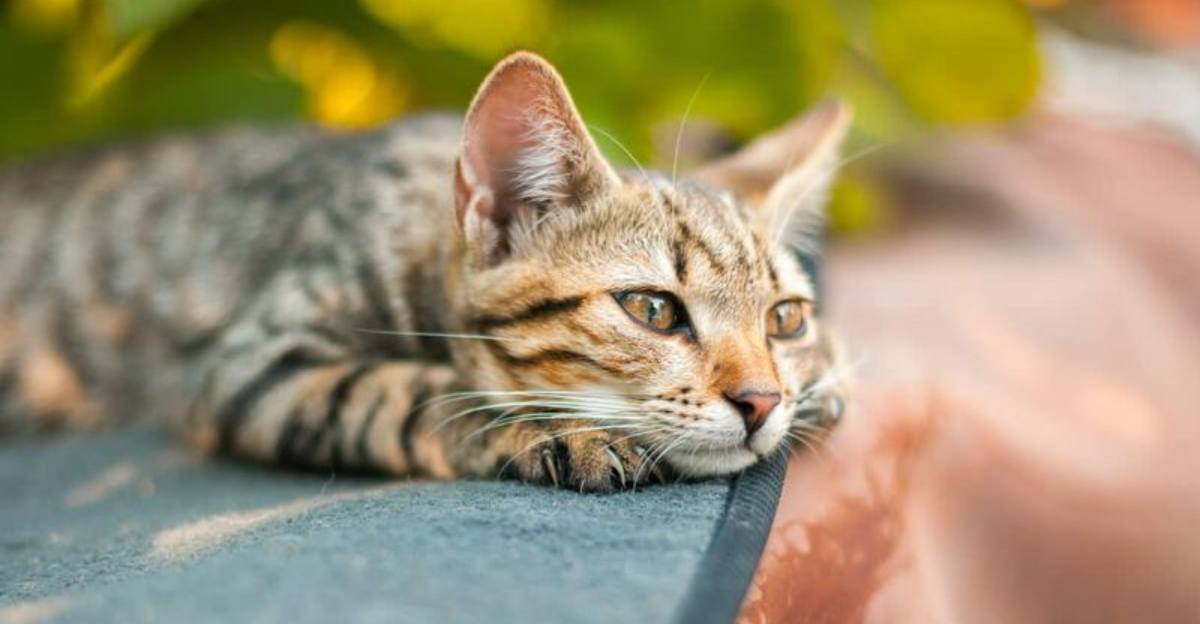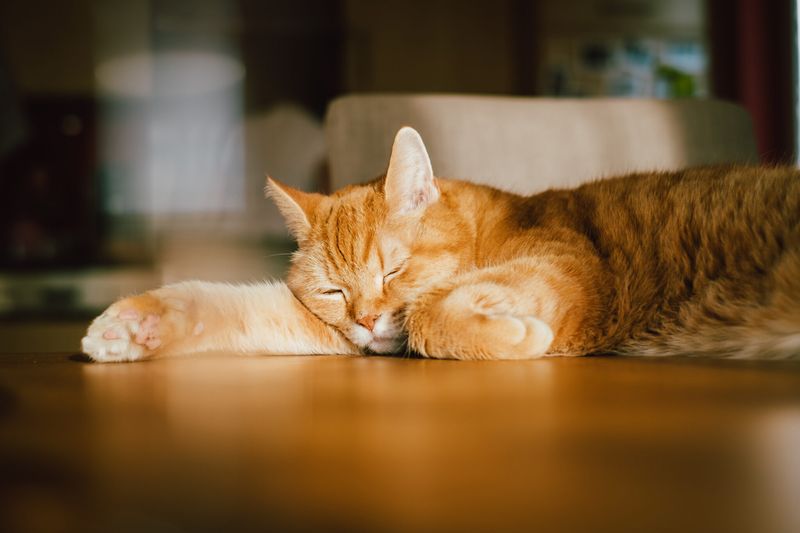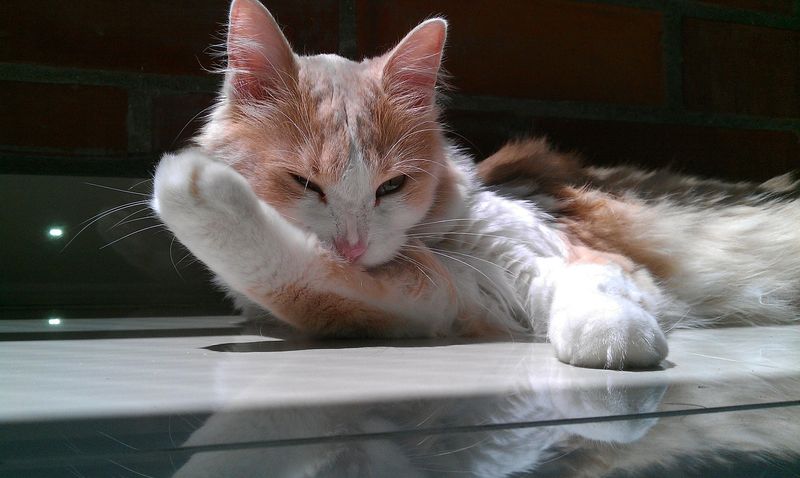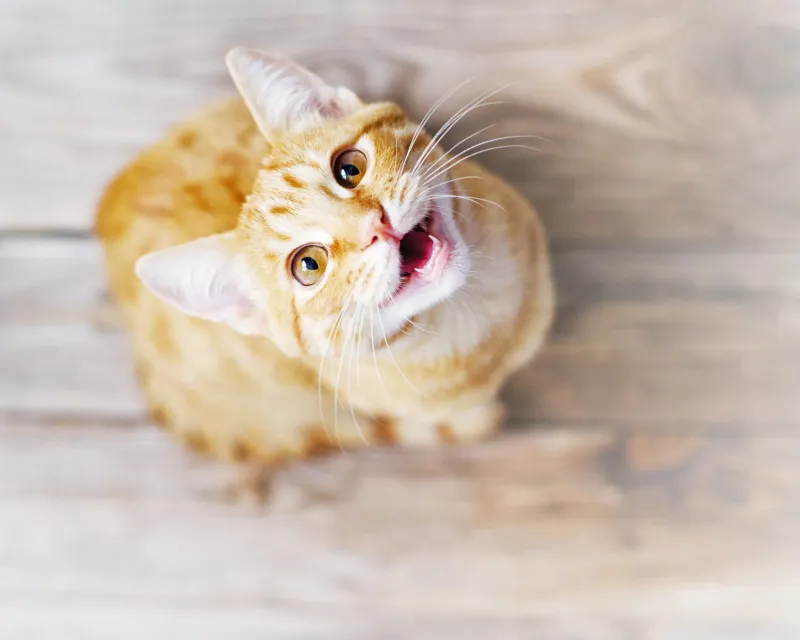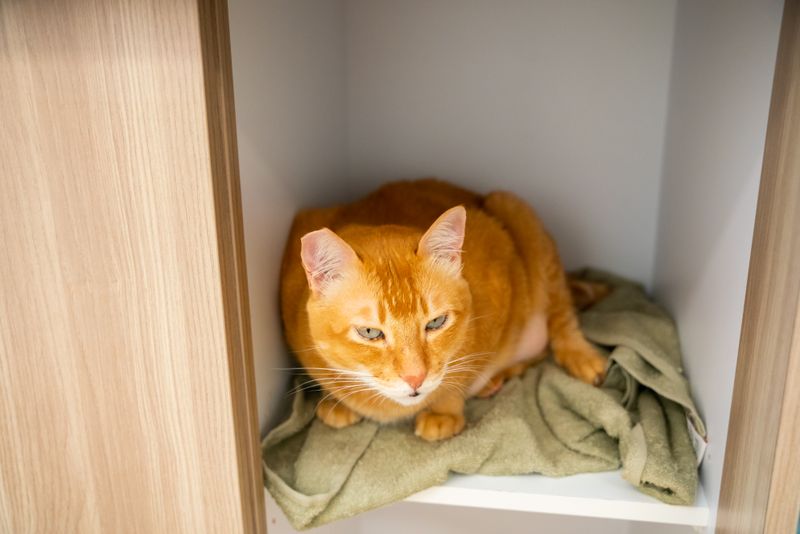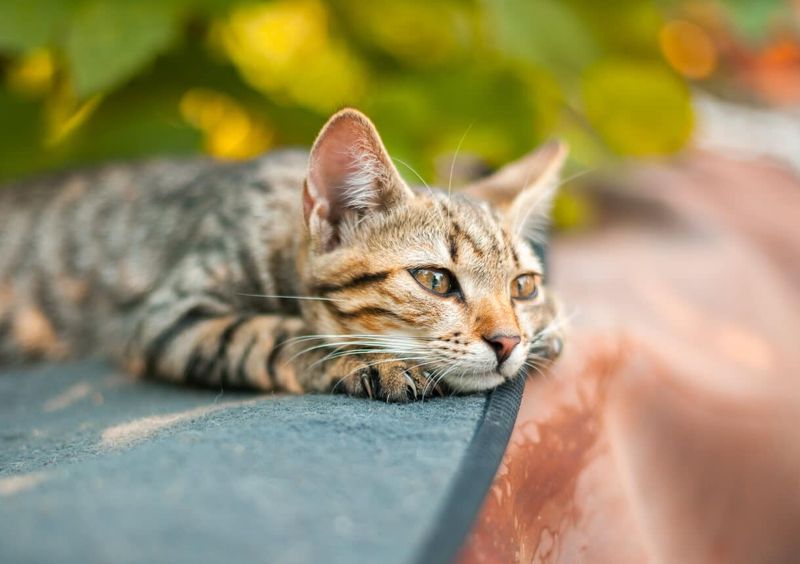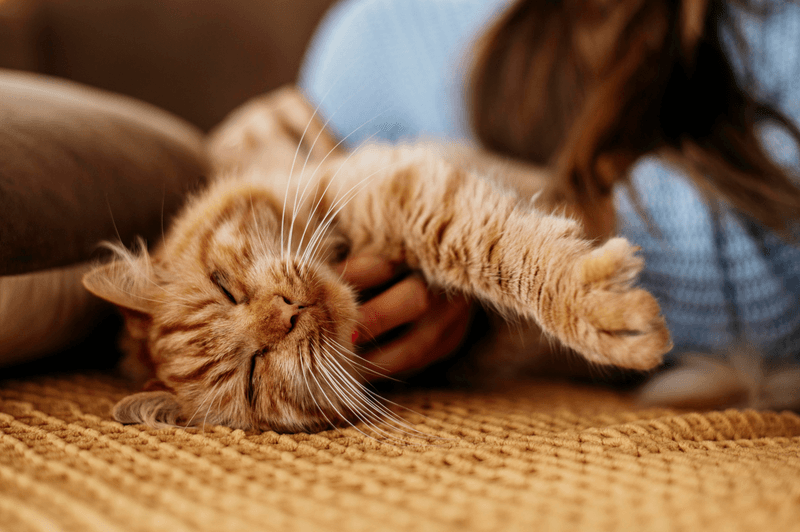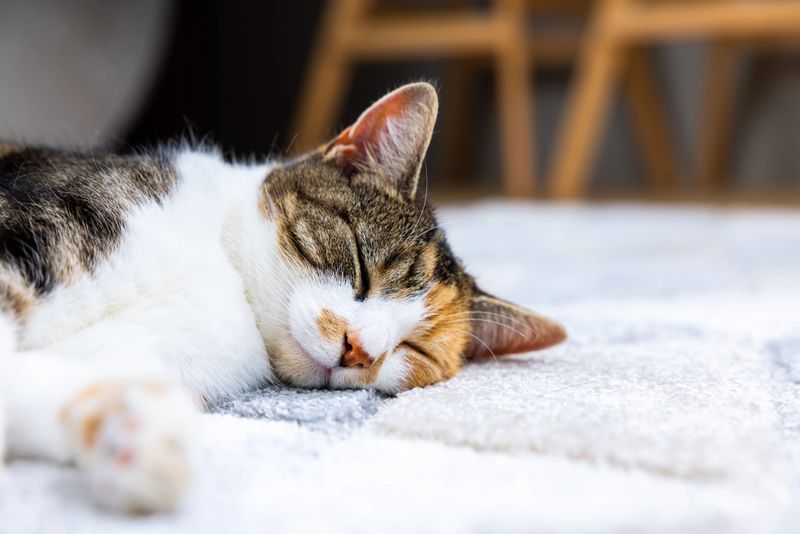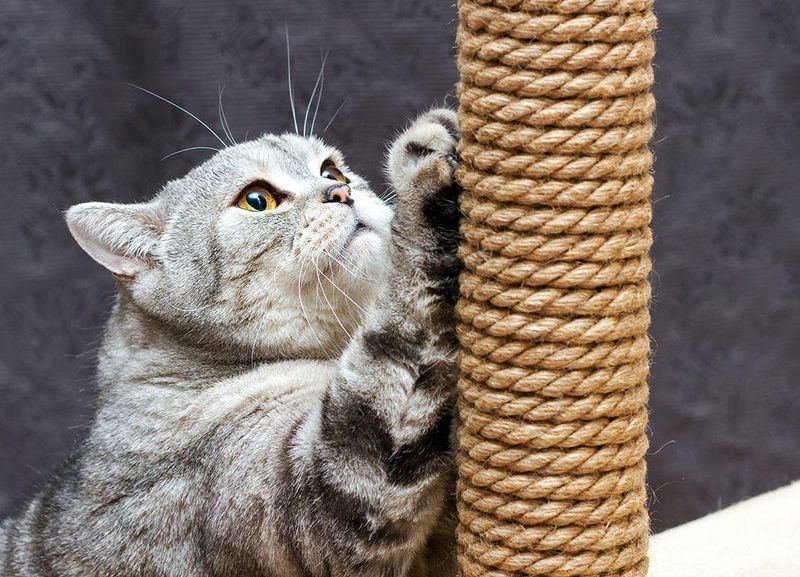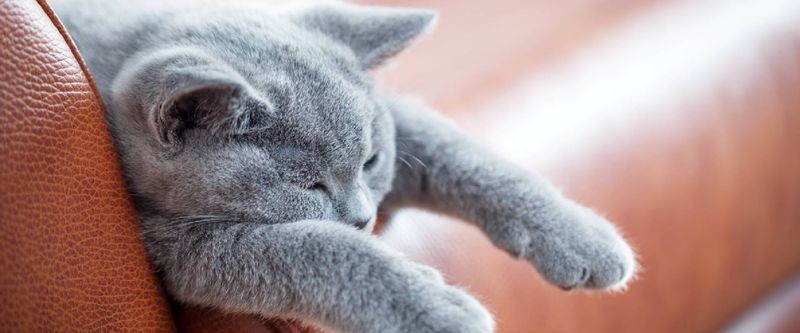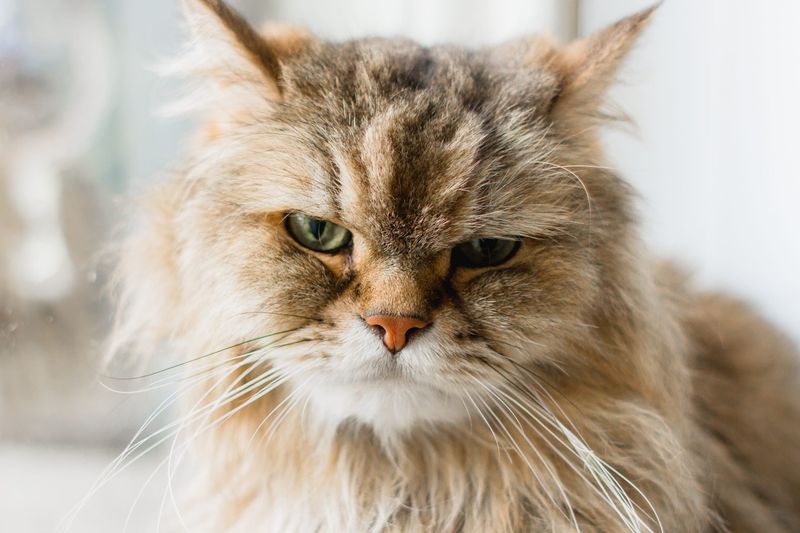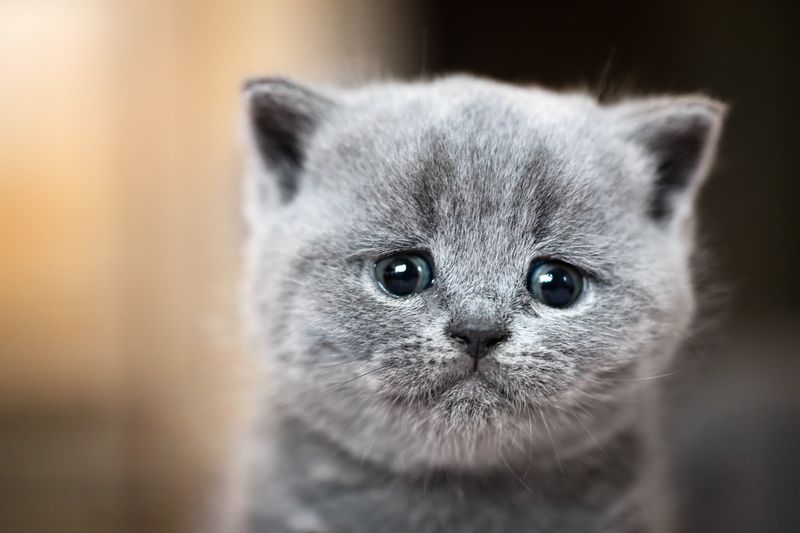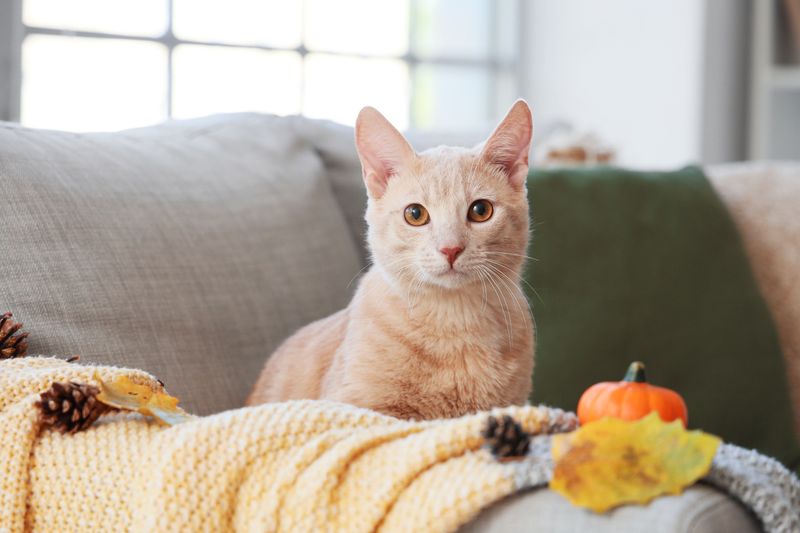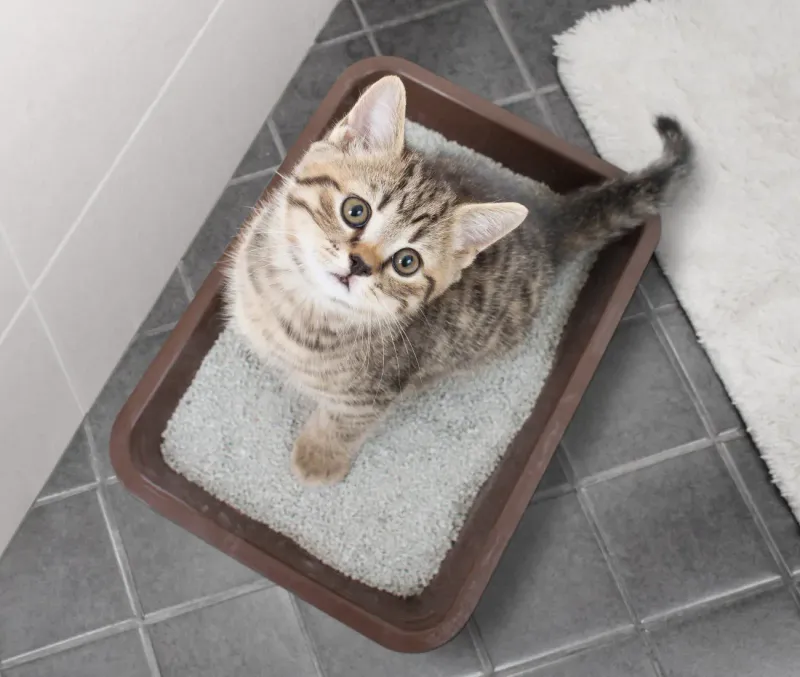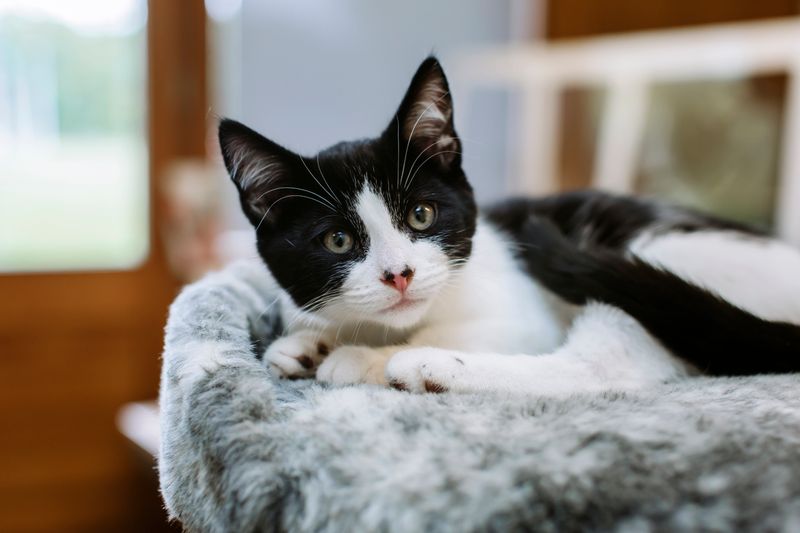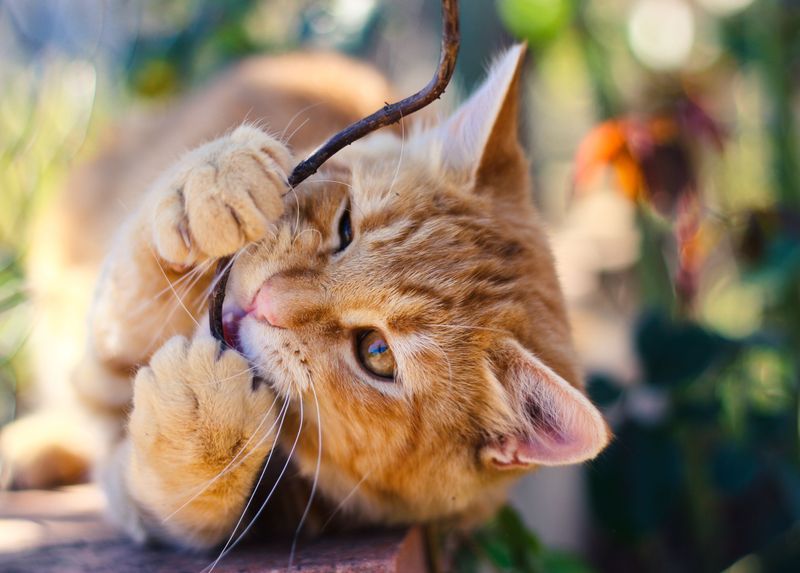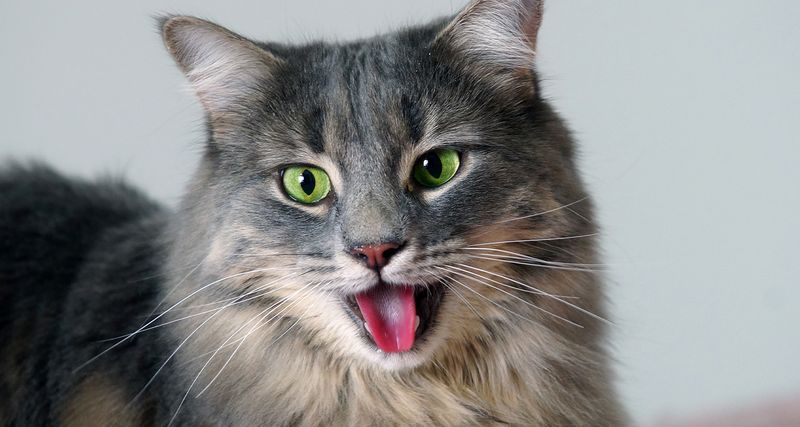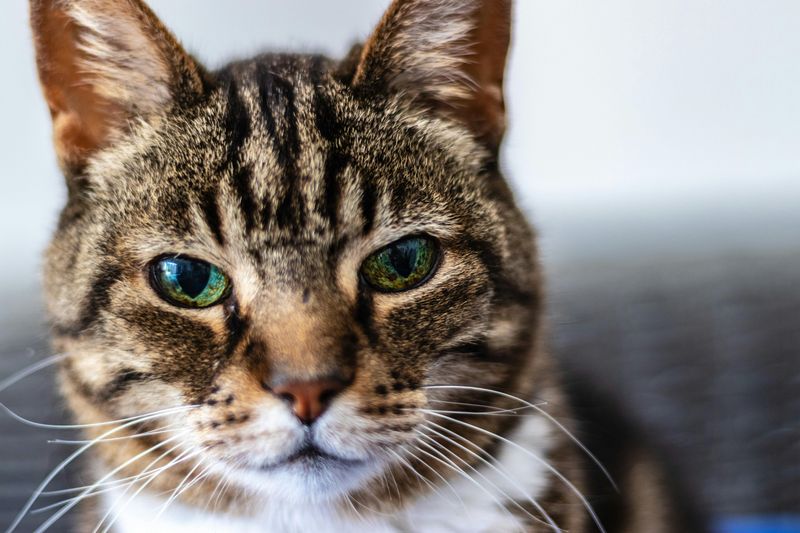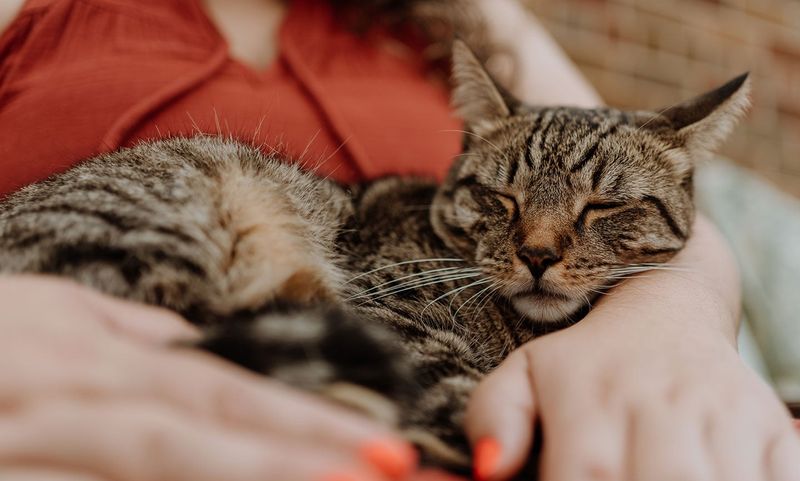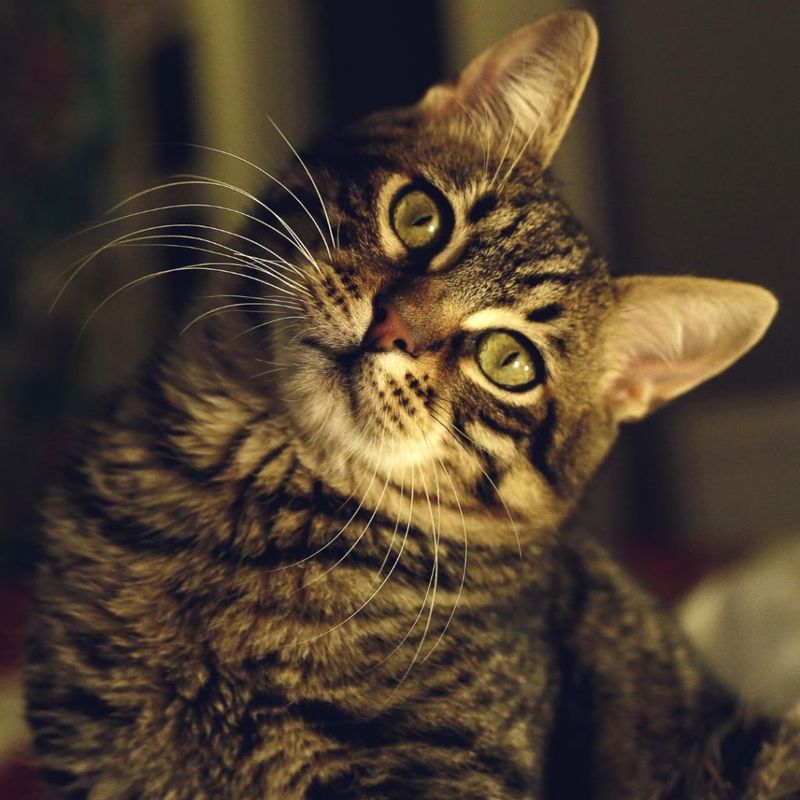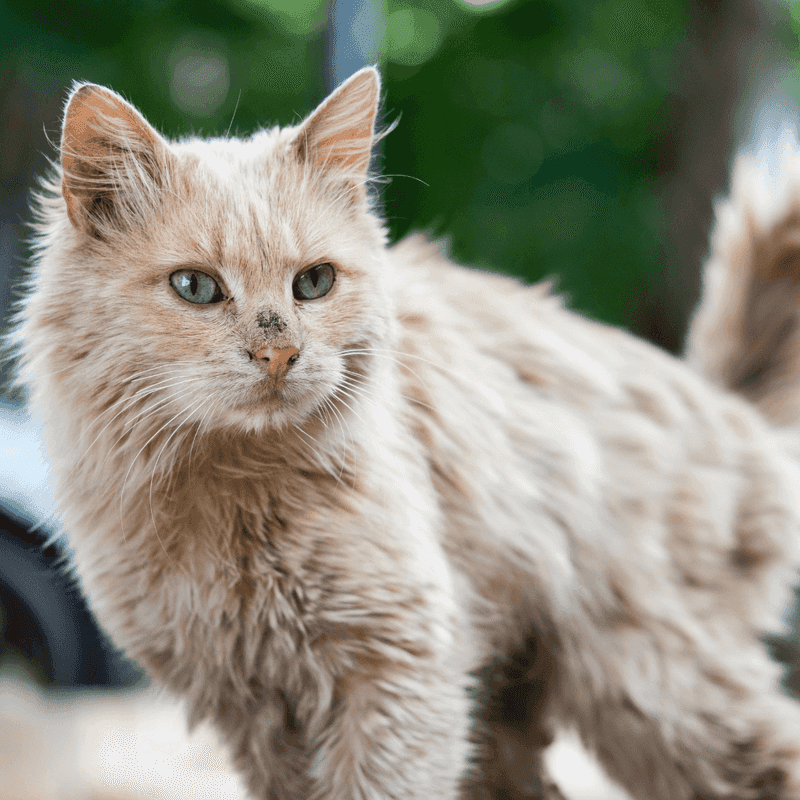📖 Table of Content:
- 1. Lack of Energy
- 2. Excessive Grooming
- 3. Increased Vocalization
- 4. Hiding More Frequently
- 5. Decreased Appetite
- 6. Clinginess or Seeking Constant Attention
- 7. Changes in Sleep Patterns
- 8. Increased Scratching
- 9. Loss of Interest in Play
- 10. Aggression or Irritability
- 11. Excessive Crying at Night
- 12. Avoiding Interaction with Other Pets
- 13. Changes in Litter Box Habits
- 14. Unusual Timidity or Fearfulness
- 15. Chewing or Destructive Behavior
- 16. Panting or Rapid Breathing
- 17. Nose and Ear Color Changes
- 18. Increased Need for Warmth
- 19. Staring into Space
- 20. Loss of Grooming Interest
Cats experience grief in their own unique way, responding to loss with subtle yet significant behaviors. Whether mourning the death of a human, another pet, or adapting to a change in their environment, their emotional responses can be just as intense as those of humans. Recognizing these signs is crucial in offering them the support and comfort they need during difficult times.
When grieving, cats may exhibit changes in behavior, mood, or even their physical habits. These shifts can include vocalizing more than usual, withdrawing from familiar activities, or showing a lack of interest in food and play. Identifying these signs early can help owners respond appropriately and provide a nurturing environment for recovery.
Supporting a grieving cat involves more than just recognizing their emotional state—it requires creating a stable, loving atmosphere to help them heal. Offering consistent routines, gentle affection, and attention to their emotional needs can go a long way. Understanding these signs and knowing how to help ensures that a grieving cat receives the care they deserve.
1. Lack of Energy
Cats may appear lethargic, opting to rest more than usual. This behavior is a sign of sadness, much like in humans. You may notice your cat sleeping longer or napping in unusual places.
To help, try engaging them with their favorite toys or spend some extra time petting them gently. Creating a peaceful environment with soft bedding and familiar scents can also be comforting. Monitor their eating habits and make sure they are still receiving proper nutrition and hydration. If lethargy persists, consult a veterinarian.
2. Excessive Grooming
Grieving cats may groom themselves excessively, sometimes resulting in bald spots or skin irritation. This repetitive behavior might be a way to soothe themselves.
Ensure your cat has access to a clean, comfortable space and regular grooming tools, like brushes, to help manage this behavior. Engage them with interactive toys to divert their attention away from over-grooming. Consulting a veterinarian is advisable if the behavior leads to skin issues.
3. Increased Vocalization
Meows, yowls, and other vocalizations are common when a cat is grieving, as they seek to express their unease. These sounds are often a cry for comfort and reassurance. Offering soothing words and gentle affection can help provide the support they need.
Ensuring your home is a calm environment can also help reduce anxiety. If vocalizations persist or become disruptive, consider consulting with an animal behaviorist.
4. Hiding More Frequently
Seeking solitude by hiding in secluded areas can be a common response for a grieving cat. This behavior reflects stress or a need for safety. Respect their need for space, but keep essentials like food, water, and a litter box within reach.
Gently encourage them to come out with treats or interactive play, but avoid forcing interactions. Providing safe hiding spots within communal areas may offer comfort.
5. Decreased Appetite
When grieving, a cat might lose interest in food, skip meals or eat less than usual. This decrease in appetite is a common stress response. To encourage eating, offer fresh, high-quality food or warm it slightly to enhance the aroma. Consider hand feeding or presenting small, frequent meals throughout the day.
If the decreased appetite continues, supplement with tasty, nutritious treats to maintain their energy levels. Persistent refusal to eat should be discussed with a vet.
6. Clinginess or Seeking Constant Attention
Some cats, instead of becoming reclusive, may follow their owners everywhere, seeking constant attention and reassurance. This increase in clinginess is a request for comfort.
Spend extra time cuddling or playing with them to reinforce your bond. Offering comforting words and gentle strokes can be soothing. Establish a comforting routine that includes regular interaction times, as predictability may help your cat feel secure.
7. Changes in Sleep Patterns
Sleep patterns in grieving cats can shift, with some resting more and others less than normal. They may also seem restless or unable to relax. Ensure a calm, darkened area for them to sleep in, allowing them to rest without interruption.
Encourage restful sleep by engaging them in physical activity during waking hours. Adjustments in their routine should be gradual to avoid additional stress.
8. Increased Scratching
As they process grief, cats may scratch more frequently to relieve emotional tension and excess energy. Providing several scratching posts and surfaces gives them an outlet for this behavior. Refreshing or rotating these items regularly will keep them engaging and appealing.
Engage your cat in play that mimics hunting to help channel their energy productively. Persistent or destructive scratching warrants behavioral advice from a vet.
9. Loss of Interest in Play
When grief takes hold, a cat might turn away from play, showing little enthusiasm for toys they once loved. This lack of engagement typically comes from emotional strain. Slowly reintroducing fun through new toys or puzzles can help them rediscover the joy of play, particularly with problem-solving toys.
Offering positive reinforcement when they do engage can help rekindle their interest. If this behavior continues, consider a vet consultation.
10. Aggression or Irritability
In moments of emotional upheaval, a cat might display increased aggression, targeting other pets or even people. This behavior is a reaction to stress and disorientation.
Create a calm environment by minimizing disruptive noises and ensuring your cat has a safe space to retreat to. Avoid situations that trigger aggressive responses. If aggression persists, seek guidance from an animal behaviorist or veterinarian to develop a management plan.
11. Excessive Crying at Night
Some cats may exhibit excessive crying, particularly at night, during their grieving process. This nighttime vocalization can be due to loneliness or anxiety.
Providing a comforting night routine, such as a warm bed or a familiar blanket, can help. Ensure your cat has access to a window, as observing the outside world can be soothing. If the crying continues, introducing a calming pheromone diffuser might alleviate stress.
12. Avoiding Interaction with Other Pets
In times of emotional stress, a cat might prefer to be alone, avoiding other pets and seeking solitude instead. This withdrawal is a sign of their need for space and adjustment. Honor their need for distance, offering individual attention and reassurance to help them feel secure.
Reintroducing social interactions gradually can help, but remain patient and observe your cat’s comfort level.
13. Changes in Litter Box Habits
Stress from grief may lead to changes in litter box habits, such as urinating outside the box. This behavior often reflects anxiety.
Keep the litter box clean and in a quiet location to encourage proper use. Experimenting with different types of litter or box styles might also help. If this behavior persists, consult a veterinarian to rule out medical issues and consider behavioral solutions.
14. Unusual Timidity or Fearfulness
Increased fearfulness in cats can manifest as they react to everyday noises or situations that once went unnoticed. This sensitivity typically comes from emotional stress.
Provide a quiet, reassuring environment and avoid sudden changes in their space. Gradually reintroduce them to daily activities to build their confidence. Engage in gentle play or use treats to coax them out of hiding, reinforcing positive experiences.
15. Chewing or Destructive Behavior
When overwhelmed by emotion, some cats may turn to chewing or destructive behavior, such as gnawing on furniture or plants. This is often a sign of emotional distress. Offering safe chew toys and interactive puzzles can help redirect this behavior, while ensuring your home is free from temptations or hazards.
Increase daily play sessions to expend energy positively. Persistent destructive behavior should be addressed with professional behavioral advice.
16. Panting or Rapid Breathing
Panting or rapid breathing can occur when a cat is grieving, often as a result of anxiety or stress. Unlike dogs, this behavior in cats can indicate emotional distress. Ensure your cat has a cool, calm environment and access to fresh water. Keeping their living area comfortable during hot weather is crucial.
If symptoms persist or occur frequently, a veterinary checkup is essential to rule out any underlying health issues.
17. Nose and Ear Color Changes
In some instances, stress and grief can cause noticeable color changes in a cat’s nose or ears, often turning paler. This physiological response is unusual but possible.
Keep an eye on these changes and ensure your cat is in a calm, stress-free environment. Providing gentle comfort can help them feel secure. If the color change persists or your cat shows signs of illness, seek veterinary advice to ensure their health is not compromised.
18. Increased Need for Warmth
Grieving cats may seek out warmth more than usual, lying close to heat sources or snuggling with their owners. This behavior provides physical comfort.
Warm bedding or a cozy blanket in their favorite resting spot can provide additional comfort. Sharing warmth by holding them close can also be soothing. Ensure they are not overexposed to heat, balancing comfort with safety. Encourage gentle interaction to further provide emotional support.
19. Staring into Space
At times, a cat may stare blankly into space, appearing distant or deep in thought. This behavior usually signals their mind processing emotions. Allowing them time to reflect and gently interacting with toys or treats can help refocus their attention.
If this behavior is prolonged, consider seeking advice from a veterinarian to ensure it isn’t a sign of distress or illness.
20. Loss of Grooming Interest
When emotionally affected, a cat may neglect grooming, causing their coat to become matted or unkempt. This lack of self-care is a clear sign of stress. Taking time to gently brush them can help alleviate some of their distress while strengthening your bond.
Regular grooming can help prevent health issues related to poor hygiene. If the behavior persists, veterinary advice is recommended to rule out health complications.
